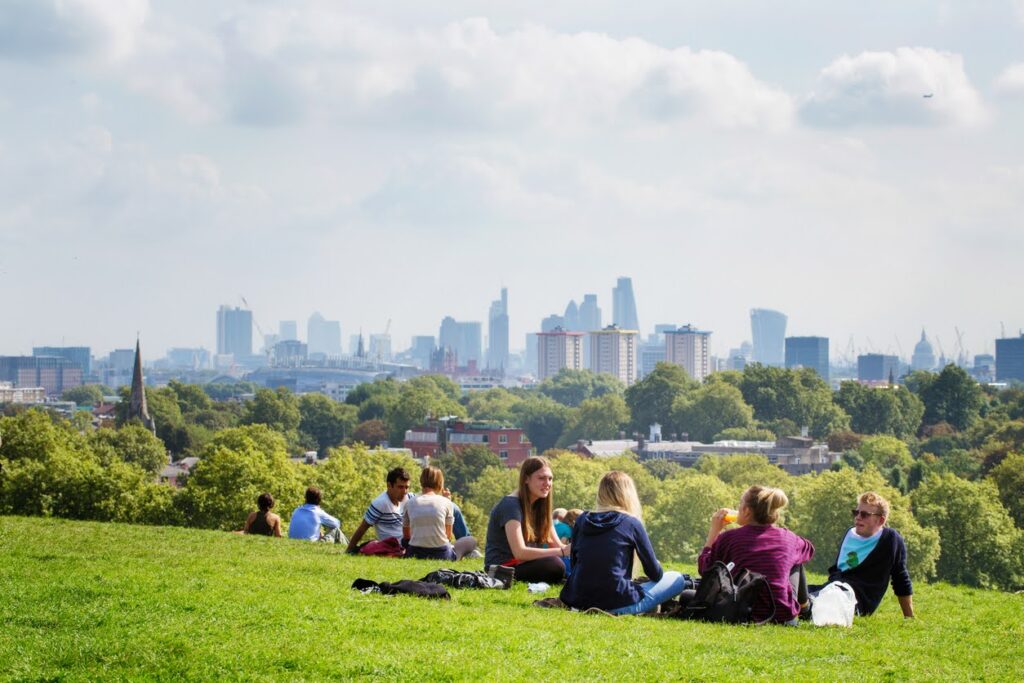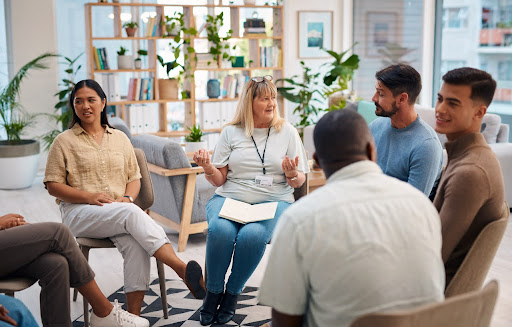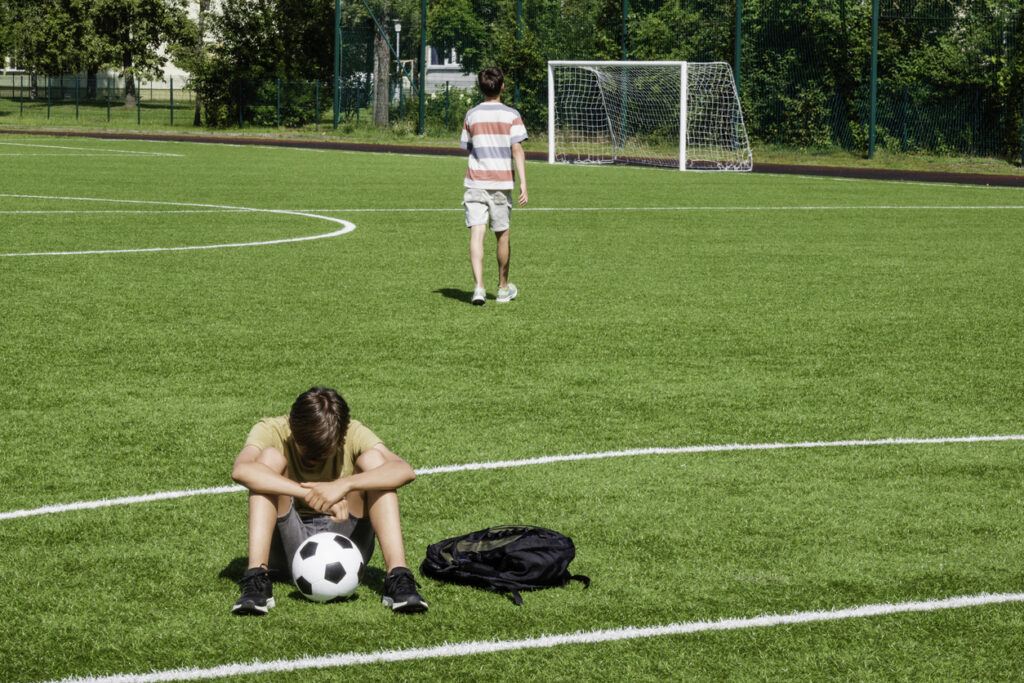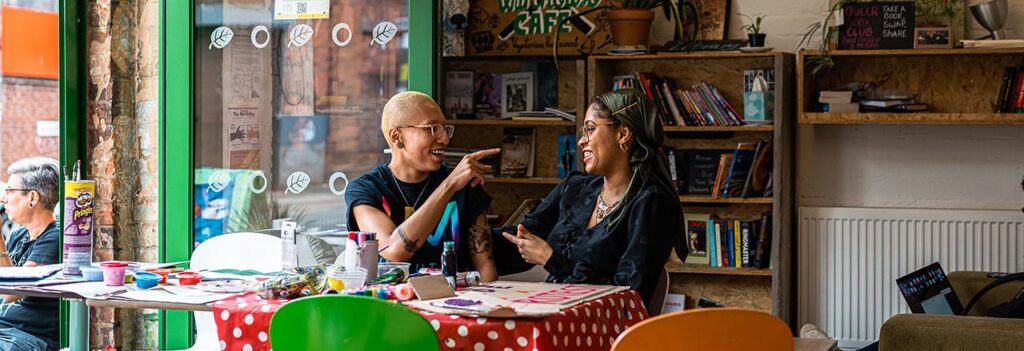Department for Culture, Media & Sport | Research Projects

Under the previous government, The Department of Culture, Media and Sport (DCMS) commissioned several pieces of research to contribute to the shared understanding of loneliness on topics such as factors associated with loneliness, the stigma associated with loneliness and exploring interventions to tackle loneliness.
In January, two more research papers were published titled ‘Research about connecting with others via the local physical and social environment‘ and ‘Qualitative research exploring how and why young disabled people experience loneliness and what could be done to reduce it‘. This blog post will look at the findings of these papers and what they could mean for organisations delivering activities in local communities that support social connection and reduce loneliness.
Reading research reports isn’t in everyone’s comfort zone so to help readers, both papers have a glossary of terms at the beginning and an executive summary which lists the research questions and key findings.
Research about connecting with others via the local physical and social environment

This research built on the ‘Loneliness Inequalities Evidence Review‘ published by the Welsh Centre for Public Policy that identified six structural factors, meaning the broader political, economic, social, and environmental conditions and institutions that impact loneliness. Those six factors were: community attitudes, public policies, demographic diversity, physical environment, social environment and area deprivation.
The aim of this research was to learn more about how two of those six structural factors, physical environment and social environment, affect loneliness and social connection. The physical environment includes things like transportation infrastructure, housing type and provision, and green spaces. The social environment is related to social cohesion and community belonging. The insights presented are drawn from focus groups held with residents across three areas in England: Castleford, Oldham, and Torquay, as well as interviews with stakeholders from these areas and a national stakeholder workshop.
Physical environments including shared spaces such as parks, public transport and third spaces (meaning a social space that is separate from work and home) were identified as both barriers and enablers to social connection dependent on participants’ experience of them. Participants reflected on their experiences of these spaces in relation to cost, accessibility, safety, quality and sense of belonging which impacted participants’ views on social connection in their local area.

Having more spaces and facilitators of connection, like transport links, is a good start but participants said that resident involvement in the development, design, and ongoing maintenance of physical spaces was an important way to ensure that they meet local community needs.
In terms of the social environment, participants spoke about the value of the formal as well as the informal spaces which allow for social connection. Formal spaces, like common interest groups, tend to bring together people of a similar age, experience or shared interest. While these groups can have a narrow appeal, they can increase a sense of belonging and community within a demographic and facilitate peer support networks. Participants wanted more of these groups and improved sign-posting to help find them. Participants also felt that there was a need for more informal places to connect, referred to in the report as ‘bumping spaces’ where people can interact and meet spontaneously. These were seen to have a broad appeal and as more likely to facilitate people from different demographics, ages and interests meeting. The research also highlights that some participants felt seasonality impacted their ability to connect.
Qualitative research exploring how and why young disabled people experience loneliness and what could be done to reduce it.
The Community Life Survey shows young people and disabled people are among the groups identified at higher risk of chronic loneliness meaning they self-report as being lonely always or often. This new research used interviews to understand the experiences of loneliness and social connection for disabled young people aged 16-24 years old.
The report begins by outlining participants’ experiences of loneliness, social connection and the impact these have had. The research found a cyclic relationship between disability, loneliness and limited social connection which had a negative effect on participants overall health. As well as having a disability, the other parts of the participants’ identity (e.g. gender, ethnicity, socio-economic status) also impacted their experiences of loneliness and social connection.

Common barriers to social connection were identified including the challenges that come from managing a disability and mental health conditions, stigma and misunderstanding and lack of accessibility in education, work and transport.
Common facilitators of social connection were also identified including accessible education, volunteering and work settings, formal support, extra-curricular activities that have an element of shared experience or shared interest and informal support from participants’ existing networks.
Finally, the report makes seven recommendations for how loneliness can be reduced for young disabled people that span across government, service providers, employers and individuals.

DCMS will continue its research programme with upcoming work that will engage with existing research on the most effective ways to measure loneliness levels.
All loneliness research published by the Government is publicly available and can be found on the gov.uk loneliness page.





Responses